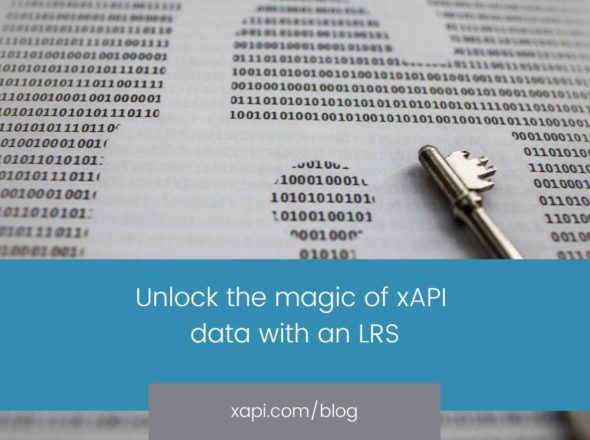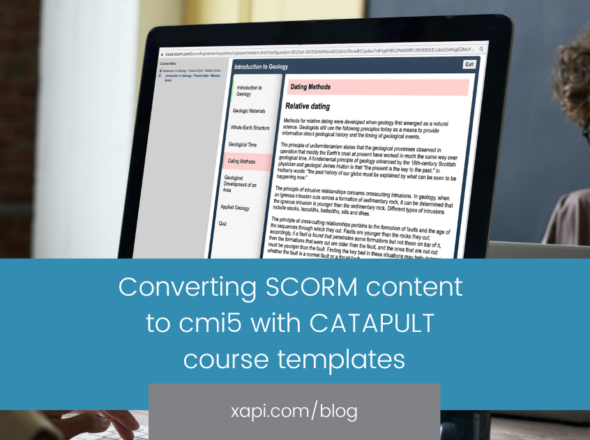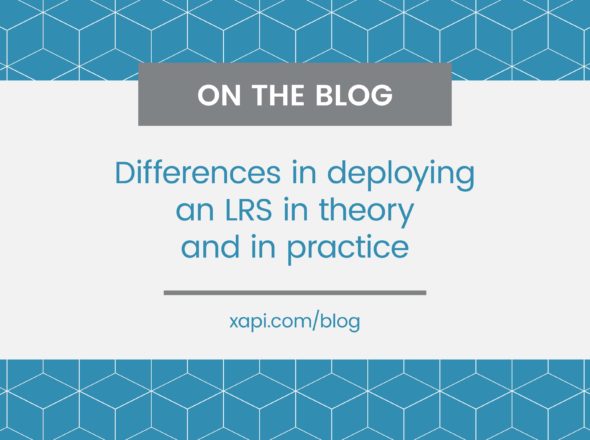We recently collaborated on a project to share statements between three LRSs by three different vendors. This three part blog series outlines the project, explores some use cases for sharing statements and then dives into the technical details. You’ll find similar (but distinct) blogs by the other project collaborators on the Saltbox and Learning Locker websites.
In the previous blog in this series, I outlined an experiment we conducted to share statements between three different LRSs as a proof of concept. This blog outlines five realistic scenarios in which an organization might have multiple LRS to share data between.
LRSs owned by different stakeholders
One use case for sharing statements that’s already happening in the wild is product vendors maintaining their own LRS and also sending the data to the customer’s LRS. This might include authoring tool vendors, content vendors, LMS vendors, indeed any vendor with a product that generates statements.
Getting data out of or into an LMS
An LRS can either sit inside an LMS or be a separate product outside of it. Some organisations may have both an LRS inside their LMS and an external LRS that connects to a variety of different data sources. In these cases there is a need to share statements between the LMS embedded LRS and the external standalone LRS.
Migrating to a new system
When choosing a shiney new learning platform, it can be tempting to think it will last forever. All things come to an end though, and having a plan to get your data out when the time comes is vitally important. If you store all your learning records as statements in an LRS, statements can be shared with the new LRS when the time comes, making that part of the data migration incredibly straightforward. You then only have to worry about data not stored in the LRS! This is an important use case of statement sharing.
Pushing statements to a non-LRS system
There are a number of systems other than LRSs that use statements in some way to do some thing. Here’s some examples:
- A business information tool might use information contained in statements alongside other data to deliver business intelligence and provide other functions.
- A Training Delivery System might deliver performance support materials to learners at the point of need based on their activity as tracked in statements.
- A credentialing, certification or badging tool might award credentials, certificates or badges based on achievements reported in statements.
Multiple LRSs within an organization
There are a number of reasons why an organization might have multiple LRSs. For example:
- Following a merger of two companies, where both companies had their own LRS.
- In a large organization with autonomous departments that have their own systems.
- An organization spread across multiple sites and/or countries.
- An organization including sites or operations with limited or intermittent connectivity such as a disaster zone or a ship.
These scenarios are outlined in more detail in the whitepaper co-authored by the project collaborators. We’ve produced a screencast demonstrating the project proof of concept in action. You can also attend a webinar where we’ll discuss all of this in more detail!
We hope you’ll find the answer to any questions in the whitepaper, webinar and screencast, but if not, please do get in touch with any questions you have!



